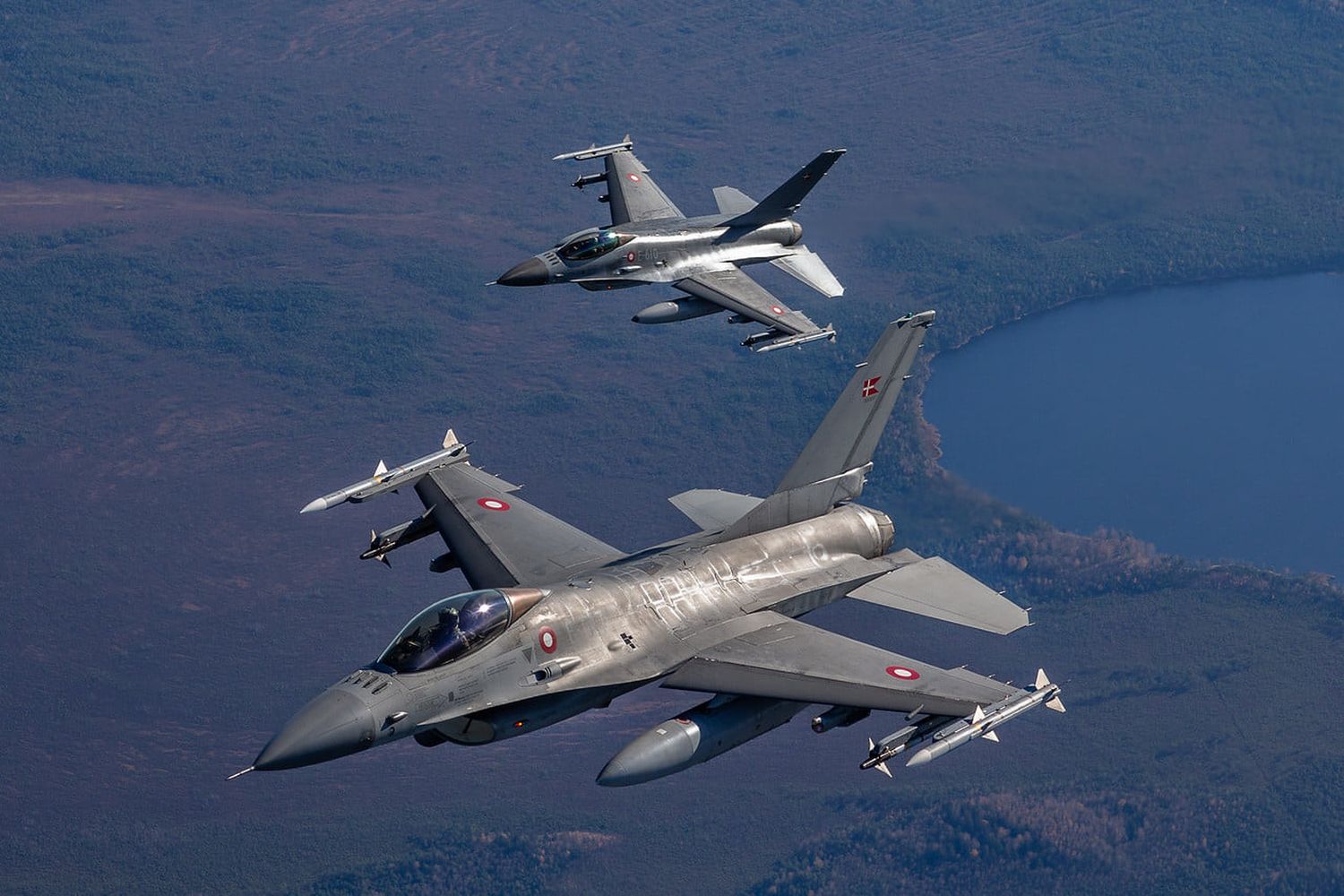US Turns to Congress for F-16 Sale to Argentina: Strategy to Curb China, India Influence in Americas
The Biden administration has submitted two notifications to the United States Congress regarding proposed defense equipment transfers to Argentina. The deal may involve up to 38 F-16 combat aircraft from Denmark, in addition to four Lockheed P-3 Orion Maritime Patrol Aircraft from Norway.
Rafael Malthus Ruiz reported in La Nacion that the State Department issued notifications detailing two proposed arms purchases: the first involving the transfer of up to six F-16 Block 10 and up to 32 Block 15 aircraft, with a total estimated value of around 338 million dollars. The proposed transaction with Norway involving the four P-3Cs worth a total of $108 million.
Both notifications stress that the transfer aligns with the United States security objectives. Final authorization requires approval from both houses of Congress, after which Argentina will be eligible to purchase the aircraft.
The notifications to Congress provide the clearest signal yet of the White House’s interest in transferring armaments to Argentina. But the offer has some contenders, as the South American country navigates between the need to re-equip its forces with some economical, political and technical caveats.
Choosing Between the West and BRICS: A Question of Belonging
Besides these operations with Denmark and Norway – involving US-designed aircraft – Argentina is also evaluating offers from India and China/Pakistan.
In early May, during a Washington event with Argentine ambassador Jorge Argüello, US Ambassador to Buenos Aires, Marc Stanley, voiced concerns about China’s growing influence. Recent moves made by Argentina to finally join the BRICS block show an intention to solidify relations with both China and India, matching the longstanding love-hate relationship the country has with another BRICS key player, Brazil.
Along with the F-16 offer, Alberto Fernández’s government has been considering acquiring JF-17 Thunder aircraft produced by China and Pakistan for some time. This proposal comprises 15 units with the option to negotiate a second and potentially a third batch.
According to military sources, these aircraft come with a complete armament and sensor package with few restrictions. Any conditions would likely be political due to the shift in operations with China. The Chinese-Pakistani origin aircraft would come equipped with Chinese engines, unlike the versions operating in Myanmar and Nigeria, which use Russian engines.
China has begun to play a more active role in infrastructure development and has become one of the most significant trade partners and emerging world debtors. With that in mind, it seems logical that they propose a good deal on the JF-17. One major advantage for these aircraft is the absence of UK-licensed components, a hurdle that India, the other contender, still needs to conquer.
Just a few weeks ago, Argentina’s Defense minister Jorge Taiana visited India and signed a Letter Of Intent for the purchase of Hindustan LUH Helicopters. The Argentinian Air Force also evaluated the LCA Tejas, but the minister firmly stated that it needs to have «all British components» replaced by indigenous technology.
Paris Air Show: HAL and FAdeA from Argentina pave the way for eventual industrial offsets
The question that remains unanswered is if India will be willing to develop components for a relatively low contract: R&D and integration is usually an expensive endeavor that would not be justifiable by a 15-aircraft deal.
Paris Air Show: HAL and FAdeA from Argentina pave the way for eventual industrial offsets
Again, geopolitical factors come into play. India is also looking to broaden its influence in South America, and a cooperation agreement with Fábrica Argentina de Aviones (FAdeA) is designed to establish its foothold in the regional market.
Disruption or Continuity: Pick your poison
The so-called ‘British veto’, often used by administrations to justify either certain purchases or their complete absence, seems to have been finally overcome with the solidification of the F-16 offer.
Mira Resnick, State Department’s Deputy Assistant Secretary for Regional Security, told Clarin that «there are no British components» in the aircraft that are being offered now. «There are no components that require a UK export license. So they would have no role in the sale,» she added.
But perhaps the most important thing Resnick said is what Argentinian military fear the most: choosing anything different than the F-16s would disrupt defense cooperation agreements and a longstanding tradition of western alignment deeply rooted into their minds.
«There are certain categories of security cooperation [with China] that the United States won’t accept from our security partners. It just wouldn’t allow us to move forward with security cooperation, with certain categories of cooperation. If our partners were to engage in these kinds of cooperative activities with the PRC, that would simply prevent a certain kind of relationship,» Resnick said.
As the fighters are a component of a bigger ecosystem that comprises different levels of equipment, choosing the China option would hinder access to everything else non-fighter related: China does not have a 1-1 replacement for many systems that are part of the Argentinian predominantly and historically western inventory and even if it had such replacements, the transition would be long, hard, painful and expensive.
What is certain is that once the US Congress approves the sale, all options will be openly considered. Therefore, a finalized deal, especially a cost-effective one (even if the 338 million dollars only cover the flyaway cost), which poses minimal risk, would be incredibly hard to refuse.


Comentarios
Para comentar, debés estar registrado
Por favor, iniciá sesión